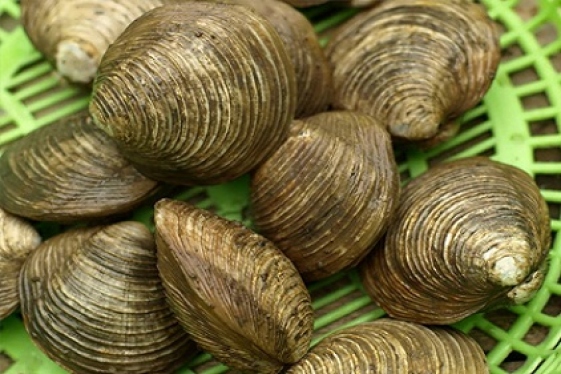Pho in Hanoi
Pho in Hanoi scene can be overwhelming with its mix of smells and tastes but it’s well worth exploring since it’s one of the freshest, healthiest and most flavorful cuisines in the world. Pho has become the favorite dish for breakfast and dinner in Hanoi, and throughout Vietnam.
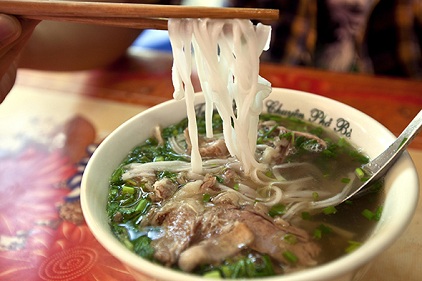
The origins of pho, the beloved noodle soup of Vietnam, are thought to coincide with the French colonial period, which began in the late 1800s. Pho—Vietnam’s unofficial national dish—might look like a run-of-the-mill noodle soup. But the flavors and the history are as complex as the country itself.
Many Vietnamese culinary experts believe pho is a unique adaptation of “pot au feu” (“pot in the fire”), introduced during the French colonial period in the late 1800s.
Today in Vietnam, everyone eats pho from sunup to sundown. Neighborhood food stalls, pushcarts, restaurants, and fancy bistros serve up steaming bowls to workers, professionals, schoolchildren, and seniors alike.
“Pho is like the soul of our people. It is our heritage,” says Nguyen Thanh Van, the executive sous chef at the Hanoi Metropole Hotel. “From the moment our feet first touch the earth, our parents take us, with the whole family, to a pho shop. And even when we’re sick, old, and bedridden, we will be served steaming pho by our [loved ones].”
“When we travel abroad, we miss our pho like we miss a person,” she adds.
The key ingredients are simple: flat rice noodles in a rich beef or chicken stock. But there is nothing simple about creating the complex flavors of the perfect broth.
The broth must be clear for both pho bo (with beef) and pho ga (with chicken).
For pho bo broth, cartilaginous, marrow-rich beef bones are left to simmer in a cloth bag for at least eight hours. The foam and grease are discarded. For pho ga, the chicken carcass is simmered for about three hours.
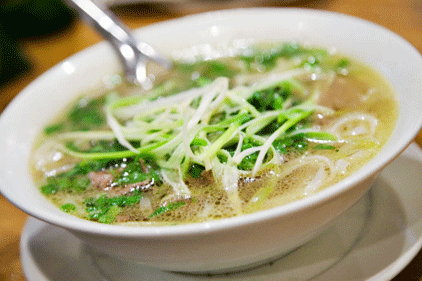
Fresh ginger and onions are roasted over an open flame before they are added to flavor the broth. A variety of other spices may become part of the mix, including star anise, coriander, fennel, cardamom, and a dash of fish sauce.
Pho is often accompanied by sliced lime, fresh red chilies, Thai basil, bean sprouts, and chili sauce. These condiments are served on the side so that seasoning is an individual choice.
Pho noodles must be made of the highest quality fragrant rice: a little sticky and very white in color. Fresh noodles are painstakingly produced in home workshops and have a slightly sour taste.
Here are 5 places to taste or learn about pho in Hanoi:
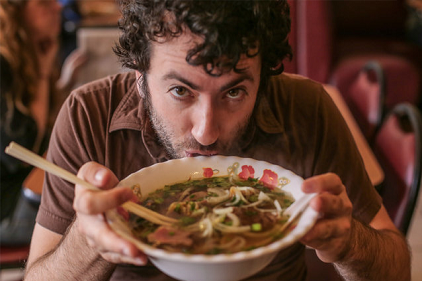
1. Pho Thin
This eatery, located alongside peaceful Hoan Kiem Lake, right in the heart of Hanoi Old Quarter, defines “hole in the wall” with its dark dining room, stainless-steel tabletops and wooden benches. But the broth is redolent of smoky ginger and the noodles absorb its flavor without becoming mushy. Opened in 1949, the shop is now run by the founder’s eldest son, who closely guards the family recipe.
2. Pho Ly Quoc Su
Located at 10 Ly Quoc Su in the Old Town, Pho #10 is crowded with families, couples, and singles, and is consistently cited as the place to find cheap, fresh pho. Inside the garish orange façade are bubbling vats of aromatic stock and cold beers to welcome foodies.
3. 49 Bat Dan Street
Recommended by locals as the “best beef pho” in Hanoi, expect a long line and sit on a squat child-size plastic stool on the street. This is the kind of pho a Vietnamese grandmother would take all day to prepare.
4. Noodle Village tours
Located 12 miles south of Hanoi, Cu Da Village makes the white and yellow noodles used in many noodle dishes and in fried spring rolls. A private guide can arrange a tour of small home-based rice-noodle workshops to see families churning out handmade pho noodles.
5. Pho Gia Truyen
Locals form a long queue every morning at Pho Gia Truyen, the most famous place in Hanoi Old Quarter for a delicious bowl of Pho Bo.
See more
-

Goi ca trich (Herring salad)
Vung Tau is famous for Mai fish salad, Danang is famous for Nam O fish salad and Phu Quoc is famous for herring salad. It is a harmonious combination of the sour,...
-
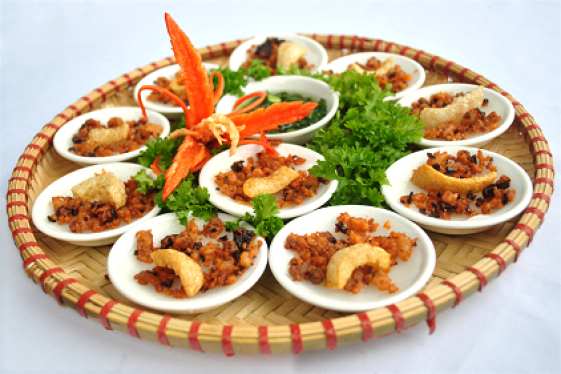
Banh Beo (Bloating Fern-shaped cake)
Referring to Hue , people think about Huong river, Ngu Binh mountain or historical architects of palaces and temples and Hue traditional food. Banh Beo Hue is quite...
-
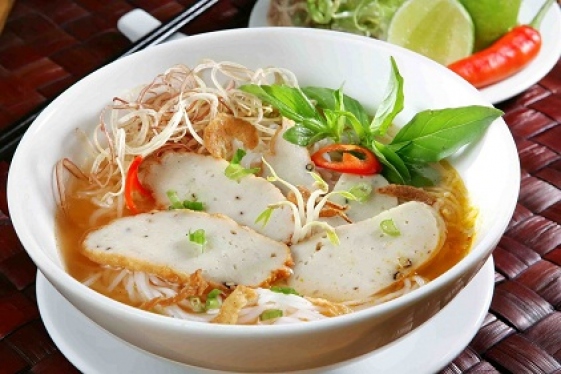
Banh canh cha ca
Banh canh cha ca is famous in Trang Bang, Nha Trang, Phan Thiet but the taste of this dish in Phan Thiet is the most special and delicious.
-
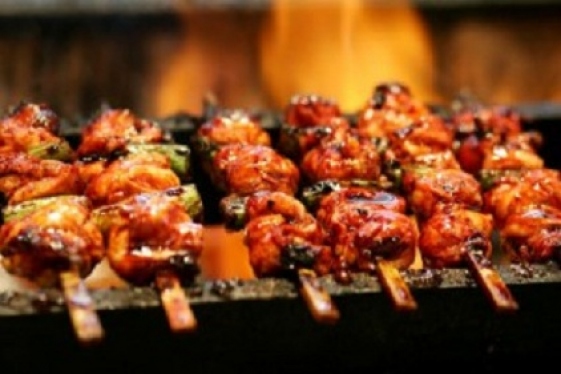
The street foods under 10000 VND
Hanoi - especially the food - centric ones - notice the constant presence of edible stuff on their strolls around the Old Quarter and further afield. Street - side meat,...
-
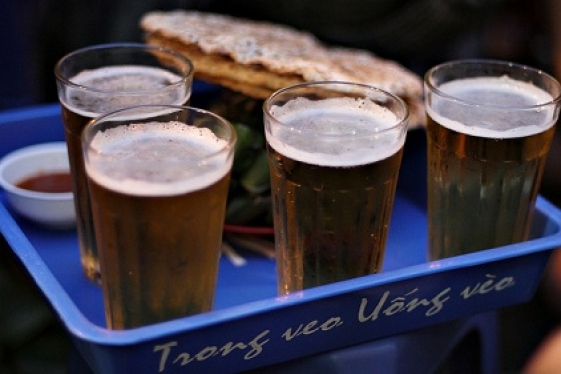
Ta Hien's Beer
Drinking beer, chatting with friend in the corner street in Hanoi is the most greatest feeling when you come and enjoy the atmosphere here.
-
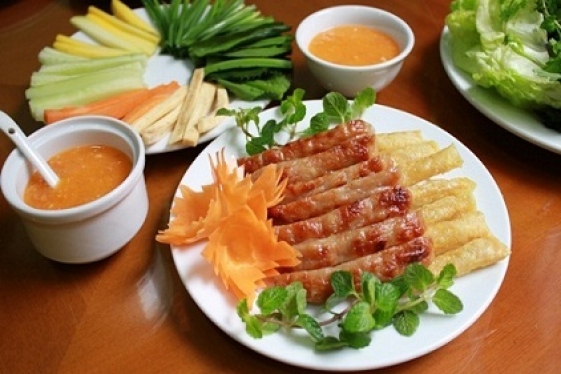
Nem nuong Dalat
One of the most famous dishes in Dalat that you try is Nem nuong. If you have a chance to try once time, you will find another chance to try it again.
-
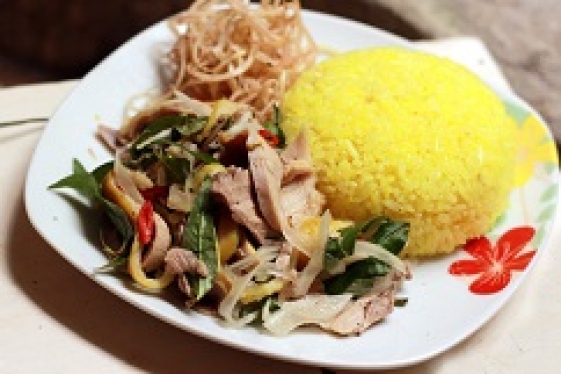
Hoi An chicken rice
Hoi An chicken rice is always in the must try food list of many tourists visiting Hoi An , including both domestic or international traveler. The towns Hoi An is the best...
Destinations
Most popular tours
-

Home Cooking Class
Price from: 33 US$
-
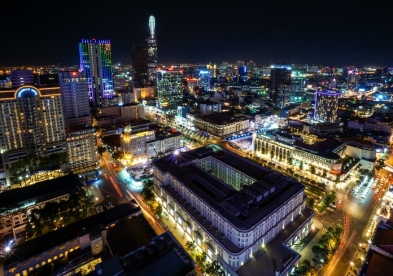
Soft Through Vietnam
Price from: 440 US$
-
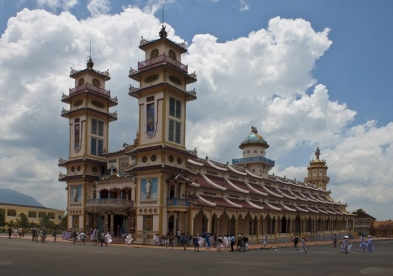
Cao Dai Temple and Cu Chi Tunnel
Price from: 25 US$
-
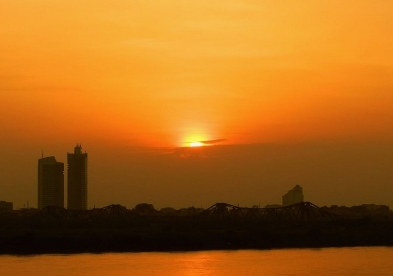
Red River Boat Trip to Countryside of Hanoi
Price from: 33 US$
Business info
Vietnam Local Guide
- Address: 18th Floor, VTC Online Tower, 18 Tam Trinh Str.,Hai Ba Trung Dist., Hanoi, Vietnam
- Email: info@vietnamguider.com
- Phone: (+84) 0904989890
- Hotline: (+84) 0904989890
.jpg)
